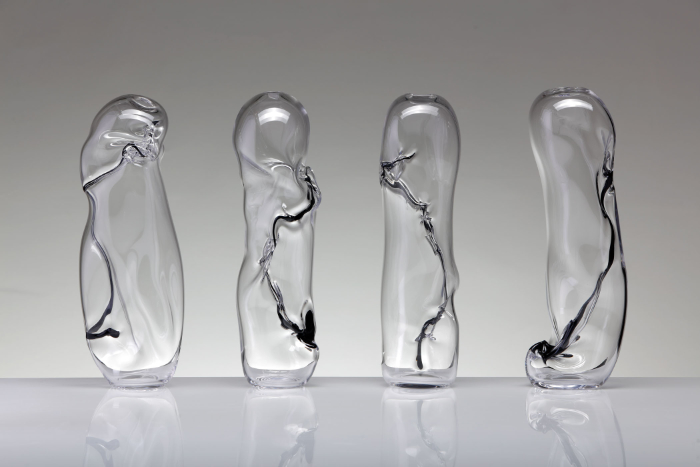
Weird science
German glass artist Markus Marschmann has developed his mastery of scientific glassblowing skills to produce organic artworks and, currently, larger installations with a sense of mischief. Linda Banks finds out more.
You are a skilled scientific glassblower. What led you to start working with glass?
When I started my training as a scientific glassblower, at the age of 17, I had little interest in art. My motivations were simpler in nature. On one hand, I was fascinated with this unique material, which has the exciting properties of transparency, clarity and the ability to be worked in a softening range; it’s such a responsive material. On the other hand, it presented me with the possibility of being able to make my smoking tools myself.
However, scientific glass construction opened a new world to me. It encapsulates so many aspects, from making components – like in a ship in a bottle – to the historical element and then the scientific aspect: to capture life! I find it almost like placing internal organs. These technical scientific structures began to take on a sculptural quality for me, and this has become a vital part of my work.
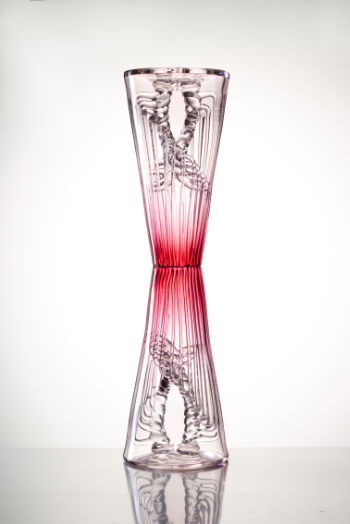
What other glass techniques have you used, and which do you prefer?
I have used a vast range of glass techniques so far in my development as an artist, including glassblowing, glassmaking, glass cutting and glass casting. Of these, I find the greatest joy in glassmaking, as it puts me into a meditative, aware state of mind, through physical exertion and immediate, direct action.
However, I have also developed a great fondness for glass cutting, which puts me into a meditative state in a different way. During cutting, there is time for contemplation and the actions are very deliberate, whereas during glassmaking, the focused process leads to more subconscious and abstract actions that only come with the natural behaviour of hot glass.
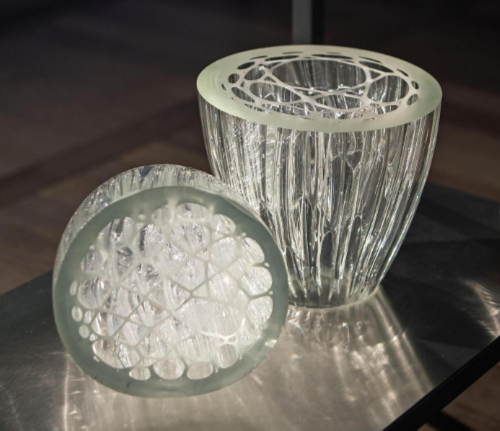
What is your creative approach? Do you draw your ideas out or dive straight in with the materials?
My creative drive has always been to go on a journey with the material, so there are rarely sketches for my work, as the material usually shows me the direction it should take. I seek a dialogue with the material, and sometimes drawings are created after the creative process as a complement to the work.
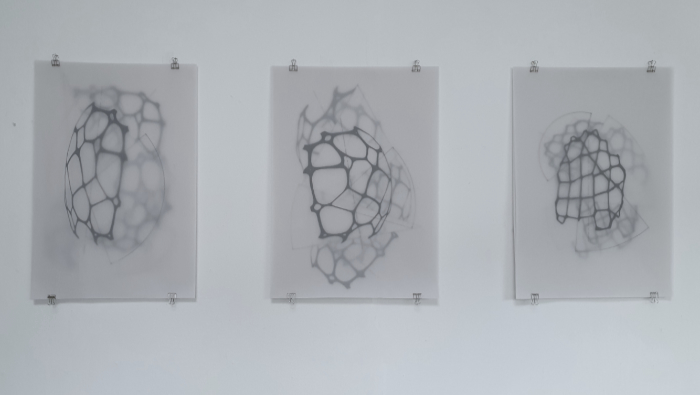
You like to create organic forms within simple shapes. What inspires your work?
I am interested in many different things and phenomena in the world, but glass itself is an inspiring source for me. I follow it and, as a result, my sculpture is created. What is even more interesting is that the sculpture can radiate inspiration for the viewer in turn. It is just a simple, organic form, but it can be a compression of enormous complexity. Whether it’s macro- or micro-views, or perhaps scientific and phenomenal, my work leads me to individual inspiring discoveries.
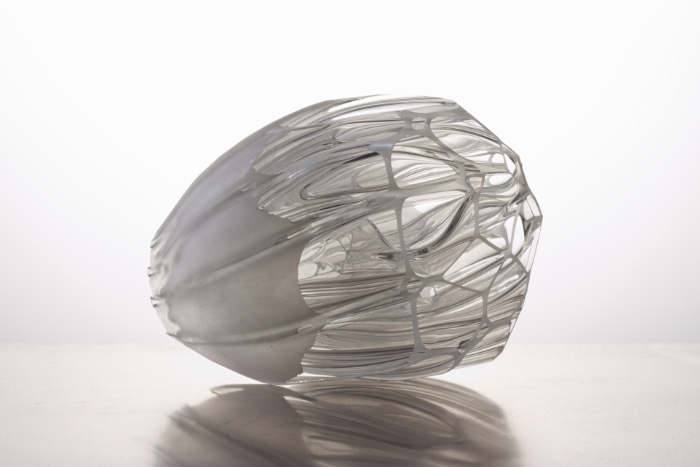
What message(s) do you want to convey through your art?
My works convey themselves through the material. Mastering it requires a lot of practice, craftsmanship and technical precision. Overcoming the process of production and transforming it into simplicity, clarity and finesse is my artistic approach.
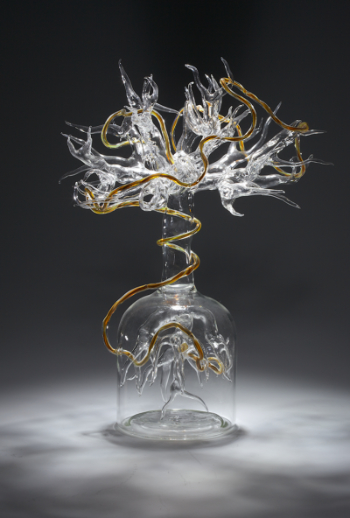
What is your favourite tool or piece of equipment and why?
For me, gravity is the most important instrument for glassblowing. Since I try to engage in a dialogue with the material, I am forced to work with gravity and not perceive it as an enemy.
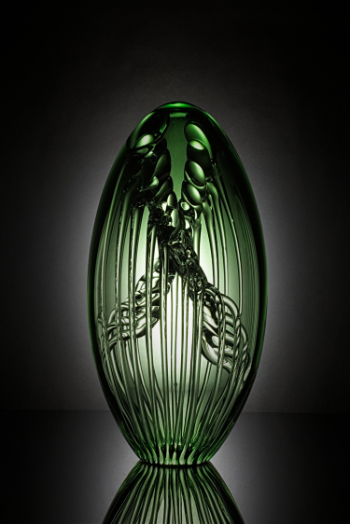
Do you have a favourite piece you have made? Why is it your favourite?
I cannot say that I favour one work, as they are usually part of a larger theme, and each piece has its justification and purpose within that. The overarching themes I deal with usually influence each other and overlap.
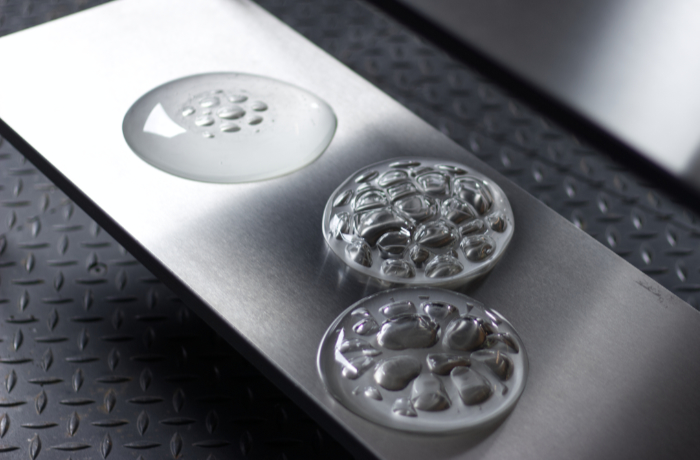
Where do you show and sell your work?
Occasionally, I showcase my work in various group exhibitions. I am also a member of the artist collective ‘Glassjam’, which organises exhibitions once or twice a year. Most of my sales happen through these exhibitions. Additionally, I am represented by The Artling gallery in Singapore.
Currently, my works are on display at the LWL Museum Glashütte Gernheim in the exhibition ‘Kunst, Handwerk, Erbe’ (Art, Craft, Heritage), which is on until 22 September 2024.
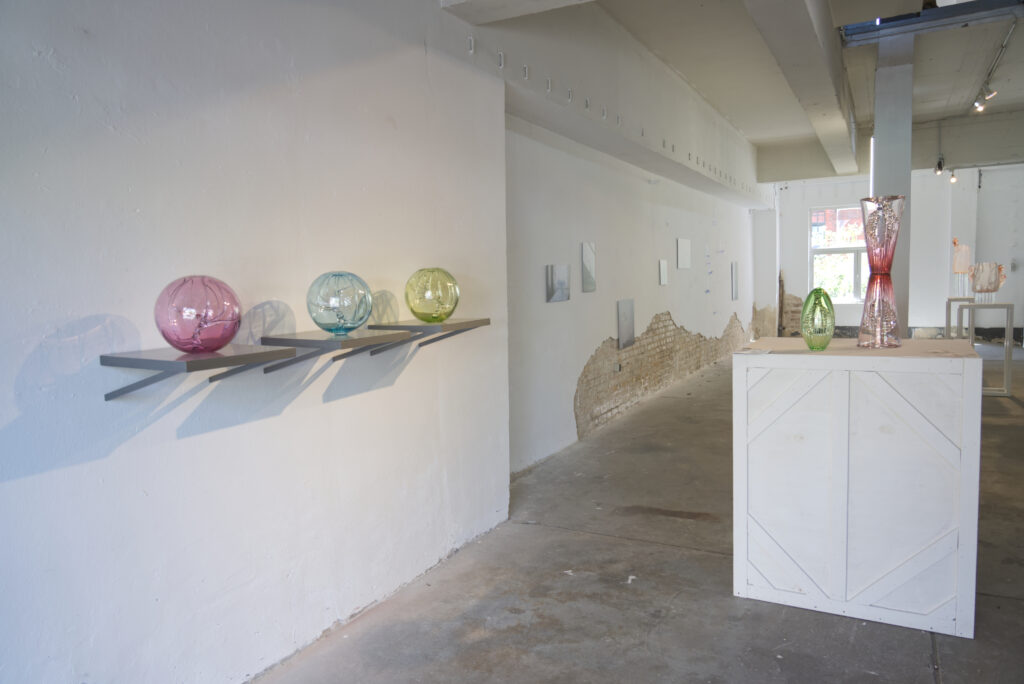
Where is your glass practice heading next?
Since I started my art studies, more and more other materials and techniques like metal, 3D printing, drawing and video have been incorporated into my work, so it is evolving more towards expansive installations. I can further enhance the potential of glass by processing and using appropriate and complementary materials and media. This allows me to stage the object in a lively construct and contextualise it.
My next goal is to place multiple laboratory glass-like glass objects into an immersive setting, playing with scale and flipping the serious nature of scientific glass by introducing a sense of mischief.
About the artist
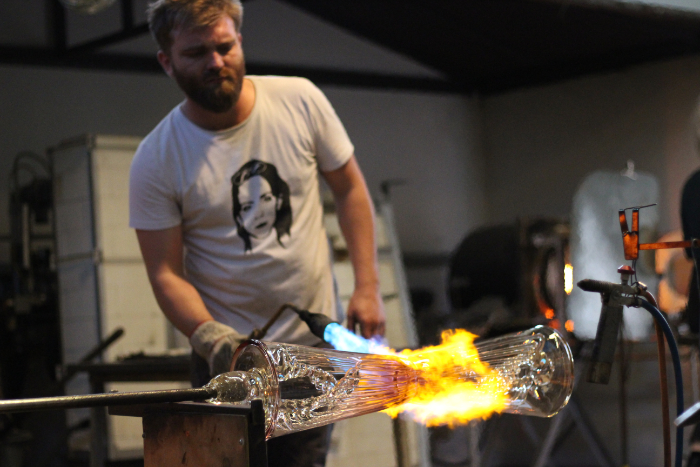
Markus Marschmann was born in 1992 in Eggenfelden, Germany. He completed three apprenticeships as a scientific glassblower, artistic glassblower and glassmaker.
In 2012 he was awarded best scientific glassblower in Germany at the Glasfachschule Zwiesel (glass school).
Since 2011, he has run his own studio and led and supported numerous hot shop and lampwork workshops and projects as a teaching assistant at Bild-Werk in Frauenau.
In 2021, he began studying Fine Art at the Institute for artistic Ceramic and Glass Hochschule Koblenz.
Find out more about Markus Marschmann via his website.
Main feature image: ‘Cerebral No.68’ is an example of Markus Marschmann’s organic forms captured in a vase shape. All photos by the artist unless stated otherwise.
